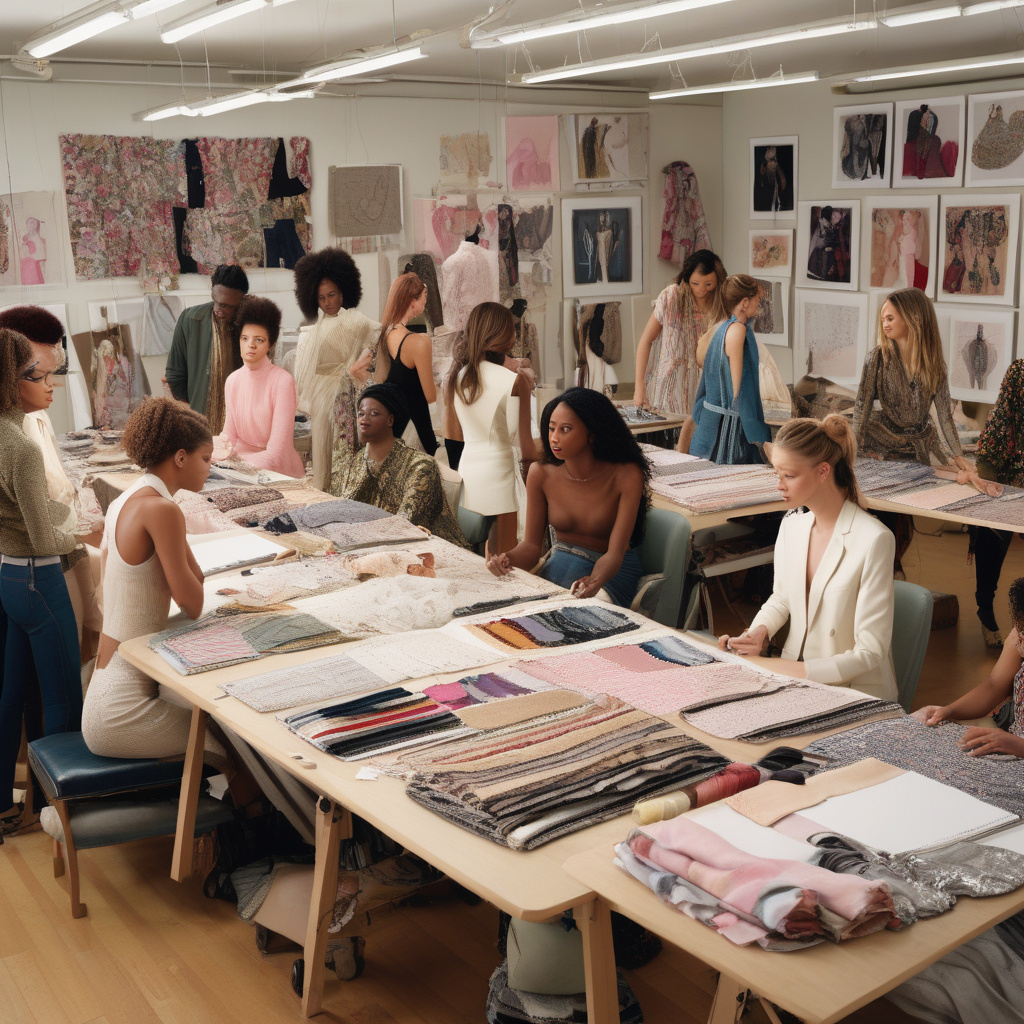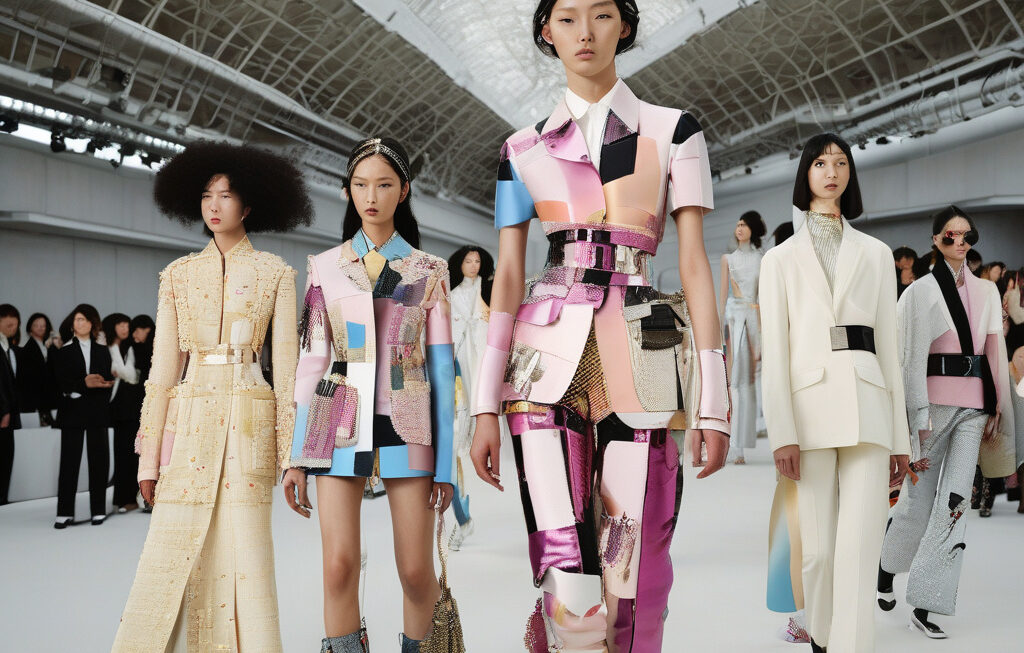Trump’s Latest Tariff Threats: A Game-Changer for Fashion Industry
The fashion industry is no stranger to uncertainty. With trends evolving at a rapid pace and consumer preferences constantly changing, fashion brands and retailers are accustomed to navigating through a landscape of unpredictability. However, US President Donald Trump’s latest tariff threats have sent shockwaves through the industry, leaving stakeholders scrambling to assess the potential impact on their bottom line.
Trump recently announced a shift in the deadline for tariffs to go into effect, moving it up to August 1st. This decision has injected a new sense of urgency and anxiety into an already volatile market. Additionally, the President has escalated the situation by introducing fresh rates and issuing new threats, further complicating an already complex trade environment.
In many ways, this development can be likened to Liberation Day, part two. Just as the fashion industry was beginning to find its footing amidst the ongoing trade tensions, Trump’s latest actions have once again thrown a wrench into the works. The specter of increased tariffs looms large, casting a shadow of doubt over the future of many fashion businesses.
One of the primary concerns for fashion industry players is the lack of certainty. With the rules of the game constantly shifting, businesses are finding it increasingly challenging to make informed decisions and plan for the future. The threat of sudden tariff hikes can disrupt supply chains, increase production costs, and ultimately impact the prices that consumers pay for their favorite garments.
For fashion brands that rely on overseas manufacturing, the situation is particularly precarious. Many companies have built their business models around sourcing materials and labor from countries that are now in the crosshairs of the trade war. The prospect of higher tariffs on imported goods could force these brands to rethink their sourcing strategies and consider alternative options, such as moving production to different countries or renegotiating contracts with suppliers.
Moreover, the uncertainty surrounding the tariffs is also affecting consumer behavior. As prices potentially rise due to increased production costs, consumers may become more hesitant to make purchases, leading to a slowdown in sales for fashion retailers. This could have ripple effects throughout the entire industry, impacting everyone from designers and manufacturers to wholesalers and retailers.
In response to these challenges, fashion companies are being forced to adopt a more agile and proactive approach to their business operations. Many are exploring ways to diversify their supply chains, renegotiate contracts, and streamline their production processes in order to mitigate the impact of the tariffs. Some are also considering passing on the additional costs to consumers, although this strategy carries its own set of risks in a highly competitive market.
Despite the uncertainties and challenges posed by Trump’s latest tariff threats, the fashion industry remains resilient and adaptable. Throughout history, the industry has weathered numerous storms and come out stronger on the other side. By staying attuned to market dynamics, embracing innovation, and fostering collaboration, fashion companies can position themselves to not only survive but thrive in the face of adversity.
In conclusion, Trump’s latest tariff threats have introduced a new level of complexity and uncertainty to the fashion industry. While the road ahead may be rocky, there are opportunities for growth and innovation for those willing to adapt and evolve in response to changing market conditions. By staying informed, agile, and proactive, fashion businesses can navigate through these turbulent times and emerge stronger than ever.
tariffs, fashion industry, uncertainty, supply chains, consumer behavior












